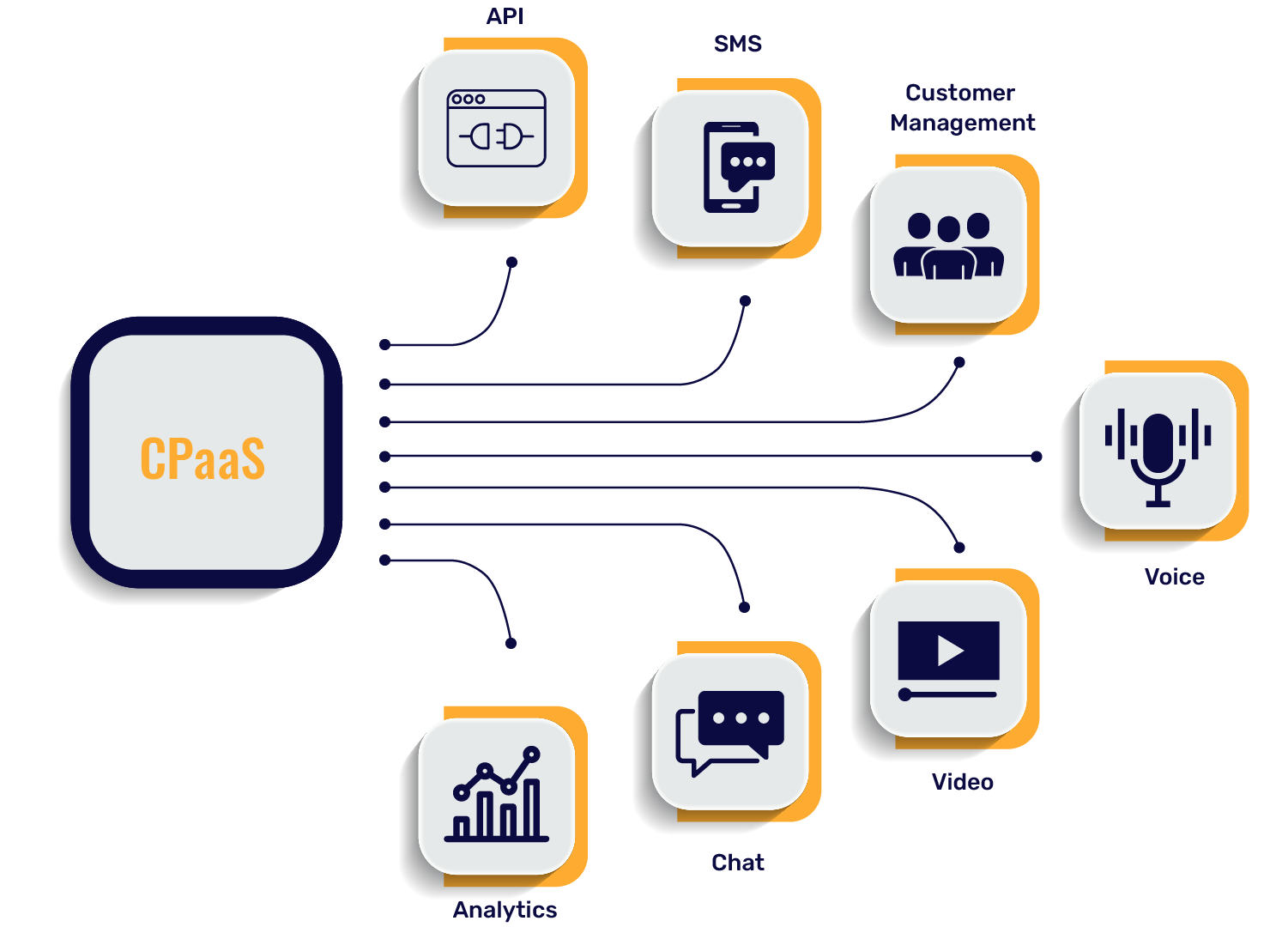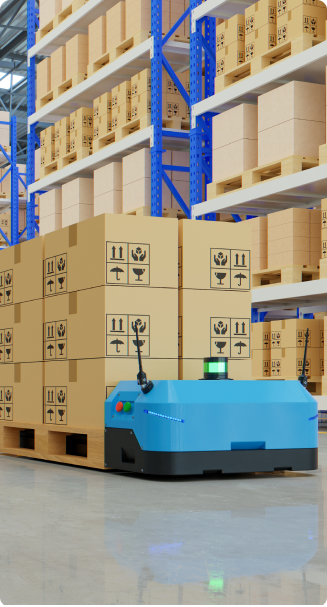Communication Platform as a Service – What is CPaaS?
– By Mohith Palreddy

Getting Started
The noticeable upside of CPaaS is making the lives of developers and employees easier while enhancing the customer experience.
However, if the business has to earn a customer’s trust, providing timeless customer service is essential. It is easier said than done. Customers will have multiple touchpoints where they seek help to learn further about the product, seek assistance or leave feedback. It wouldn’t be possible to achieve without tech influence. In this article, we are going to cover CPaaS, the technology that is behind well-targeted customer support through Omni channels.
What is CPaaS?
CPaaS technology has risen from 8.6 billion USD in 2021 to more than 10 billion USD in revenue in 2022, and the number doesn’t seem to stop there.
With the increased adaptability of Platform As-a-Service, CPaaS is rapidly evolving in the communications space. Existing applications can use this by embedding the code snippet into their applications. CPaaS is ideal for businesses looking to engage with customers and expand their customer reach constantly.
While this integration to existing applications improves the real-time communication between the user and the application, it also eliminates the requirement for an application, drastically reducing the associated costs. Pay as you go flexible pricing model and the opportunity to scale as necessary CPaaS gives companies an affordable and agile path to digital transformation.

Why should businesses go for CPaaS?
Unlike bundled Unified Communications services (UCaaS), CPaaS allows users to customize at scale. So, users can choose features they like to have on their application.
But with the recent advancements in real-time communication technologies, it is now easier than ever. CPaaS allows businesses to customize their existing communication stacks at the backend with APIs to provide customers with branded communication channels at the front end.
CPaaS in Action
According to Frost and Sullivan’s survey of 1657 decision-makers in 2017, 81% have already deployed some form of CPaaS.
Communication channels that can get connected by the APIs include
- Voice over internet protocol
- Text messages sent via the internet
- Chatbots
- Video meetings and conferencing
- Analytics
Use cases of CPaaS
CPaaS funding is a considerable aspect of digital transformation for many companies.
1. Streamlined transactional messaging is one of the best use cases of CPaaS. These include reminders, alerts, and notifications. Many businesses send shipping updates, order confirmations, and marketing offers via SMS or social media platforms by effectively utilizing the CPaaS. Specifically, the healthcare industry uses the CPaaS to send appointment reminders and confirmations, meeting reminders, Monthly payment reminders, and messages from e-commerce and food delivery services are the most common examples of Transactional messaging.
2. An attractive trait of CPaaS is to provide real-time customer support. Businesses can integrate their contact center, communication channels, and CRM systems to give the customers an omnichannel experience across their business processes.

4. Anonymous communication while using platforms such as Uber and Airbnb is one of the use cases of CPaaS. The parties involved are connected via a messaging platform by call or text, offering complete privacy to both parties by masking the number. It is common across many businesses that provide employee-customer interaction.
5. Chatbots and Auto attendants are famous for customer communications in the present-day business world. AI bots can answer queries and direct them to correct products, help pages, and even the live agent. Auto attendants provide the menu for the inbound calls and route calls to the appropriate people.
6. Businesses and their requirements evolve, and CPaaS provides a robust platform to address integrated marketing communications. There is a significant development in the SMS, voice, email, video, and OTT platforms with one of the core intentions to regularly connect and interact with customers and businesses. CPaaS offers integration to different communication platforms (attached), making it more efficient for companies to segment and interact with their customers.
CPaaS has many ongoing benefits such as being great for customer service and client engagement, Easy integration with existing apps, customizable and specific to your needs, scalable, and cost-efficient. Major industries that benefit from CPaaS include Accounting, Finance, Education, Healthcare, BFSI, Travel and hospitality, Real-estate, Retail, Transportation, and Logistics.
CPaaS Vs. UCaaS
Both UCaaS and CPaaS provide significant value to cutting-edge businesses via giving them the freedom to access more features of their communication landscape in the cloud.
UCaaS and CPaaS are cloud solutions intended to bring more functionality to businesses’ communication stack. It isn’t easy to differentiate the acronyms, but UCaaS and CPaaS are ideal for businesses of any size, and they’re both available from the cloud. Here, customization comes as a core difference.
CPaaS, however, is focused on enhancing the existing communication channels one already has in place for companies in search of digital transformation who don’t want to change too much about their current communication services. CPaaS allows business applications to refuse the security and reliability of your backend services with new applications. For example, you can use an API for instant messaging to integrate chat into your customer service strategy. In simple terms, CPaaS gives developers the tools needed to implement all of the latest cloud-based communication services into one’s applications and programs.
In contrast, UCaaS is all about connecting all of the available communication strategies on a single platform in a ready-to-go model, so you don’t need APIs, and you don’t need code to get started with UCaaS. Though the two options gradually become more intertwined, there are still two very different concepts.
Global CPaaS Market Trends
- According to Forbes, the CPaaS industry will generate more than USD 34 Billion in sales by 2026.
- Gartner predicts that 95% of global enterprises will utilize API- enabled CPaaS offerings to uplevel their digital competitiveness.
- 60% of the CIOs of fortune 500 agree that implementation of CPaaS improves customer trust.
- 45% of the CIOs plan to allocate a budget for CPaaS implementation.
In Conclusion
Communicating with customers through CPaaS ensures highly personalized customer service. In short, CPaaS – Meaningful Customer Experiences.
“
Your brand is a story unfolding across all customer touch points.
Jonah Sachs




